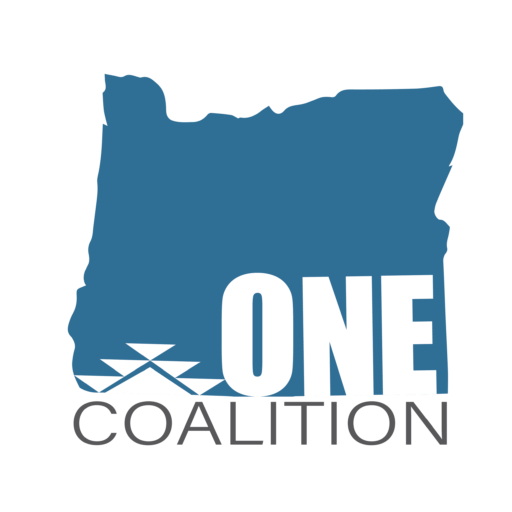The US Drug Policy
Cannabis regulation stems from the The Controlled Substance Act in the United States, which is a piece of legislation passed during the Nixon Administration of the 1970’s. “The Controlled Substances Act (CSA) places all substances which were in some manner regulated under existing federal law into one of five schedules. This placement is based upon the substance’s medical use, potential for abuse, and safety or dependence liability. ” Two agencies govern the scheduling and regulation of substances which are the DEA (Drug Enforcement Agency) and the FDA (Food and Drug Administration). Let’s explore some of the definitions:

- Controlled Substance
- The Controlled Substances Act (CSA) is the statute establishing federal U.S. drug policy under which the manufacture, importation, possession, use, and distribution of certain substances is regulated.
- Statute divides up substances/chemicals into 5 classifications based on a set of criteria.
The Scheduling System

- Schedule 1
- The drug or other substance has a high potential for abuse.
- The drug or other substance has no currently accepted medical use in treatment in the United States.
- There is a lack of accepted safety for use of the drug or other substance under medical supervision.
- Examples of Schedule I substances include heroin, gamma hydroxybutyric acid (GHB), lysergic acid diethylamide (LSD), marijuana, and methaqualone.

- Schedule 2
- The drug or other substance has a high potential for abuse.
- The drug or other substance has a currently accepted medical use in treatment in the United States or a currently accepted medical use with severe restrictions.
- Abuse of the drug or other substance may lead to severe psychological or physical dependence.
- Examples of Schedule II substances include morphine, phencyclidine (PCP), cocaine, methadone, hydrocodone, fentanyl, and methamphetamine.

- Schedule 3
- The drug or other substance has less potential for abuse than the drugs or other substances in Schedules I and II.
- The drug or other substance has a currently accepted medical use in treatment in the United States.
- Abuse of the drug or other substance may lead to moderate or low physical dependence or high psychological dependence.
- Anabolic steroids, codeine products with aspirin or acetaminophen, and some barbiturates are examples of Schedule III substances.
Source: https://en.wikipedia.org/wiki/Controlled_Substances_Act
